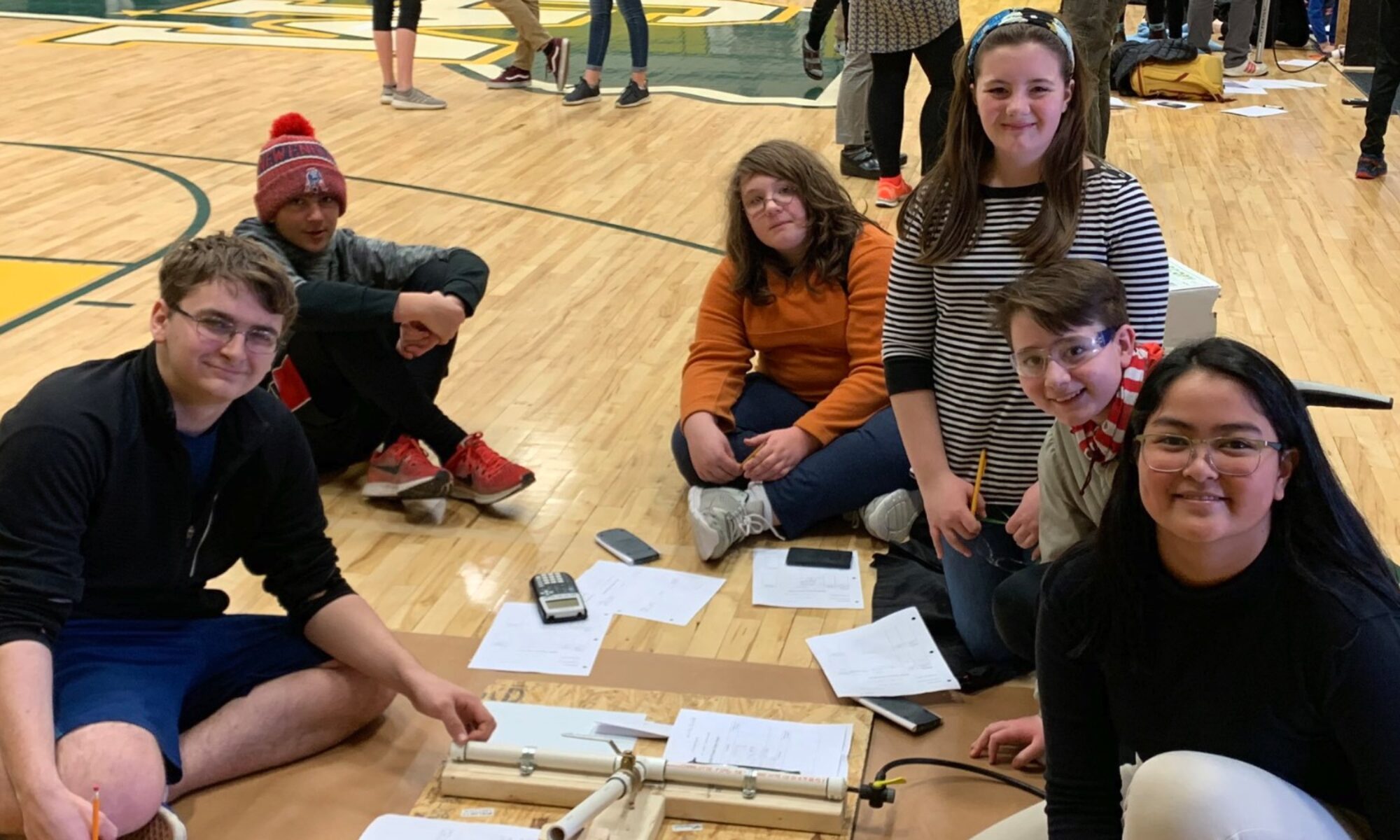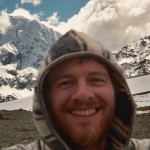Mark Olofson is a second year doctoral student at UVM and began working with the Tarrant Institute in the Fall 2013.
Mark has taught middle and high school science and mathematics in Colorado as well as Los Cabos, Mexico. He is looking forward to incorporating his experience with content-driven technology integration and blending brick-and-mortar with virtual learning environments into his work with the Tarrant Institute. Mark believes in the importance of student-community interaction and the need for the creation of authentic learning artifacts by students. Mark is new to Vermont, and enjoys many outdoor activities such as cycling, hiking, and whitewater paddling.
Recent blog posts:
- Education reform, more education reform and David Foster Wallace
- Community Based Learning in Vermont: What’s going on?
- What are some good tools for studying hurricanes?
- How online education can find a path forward
- Student depression and anxiety: symptoms of dysfunction in a “traditional” educational system
- E is for e-books …or are they “C-books”?
- Pushing my thinking with summer reading
- Making even more of “Beyond Bling”
- Sugaring and the community part 2: Students become teachers
- Sugaring, STEM, and community connections
- The backlash to STEM education
- Separate Science in New Zealand
- The Weather and Vermont
- Robotics, PBL, and collaboration
- The 7 characteristics of a digitally competent teacher
- Thinking about flipped science classrooms
- For your STEM reading pleasure
- Newton’s Laws, standards, and practices
- Research and computer-based science inquiry
- Monster Physics and the importance of careful consideration
- Molecules in Augmented Reality
- Tech Jam, Jobs and STEM Education
- Natural Disasters in the Classroom
- In support of Community Partnerships in STEM
- Science and Math simulations for your class
- Learning with robots
- VSLA Resources for NGSS
- Citizen Science: routes to collaboration on scientific research
- Breaking Down the Next Generation Science Standards
- World Science U launches
- History of a Scientific Discovery – Timeline Construction
- Scientific Method


